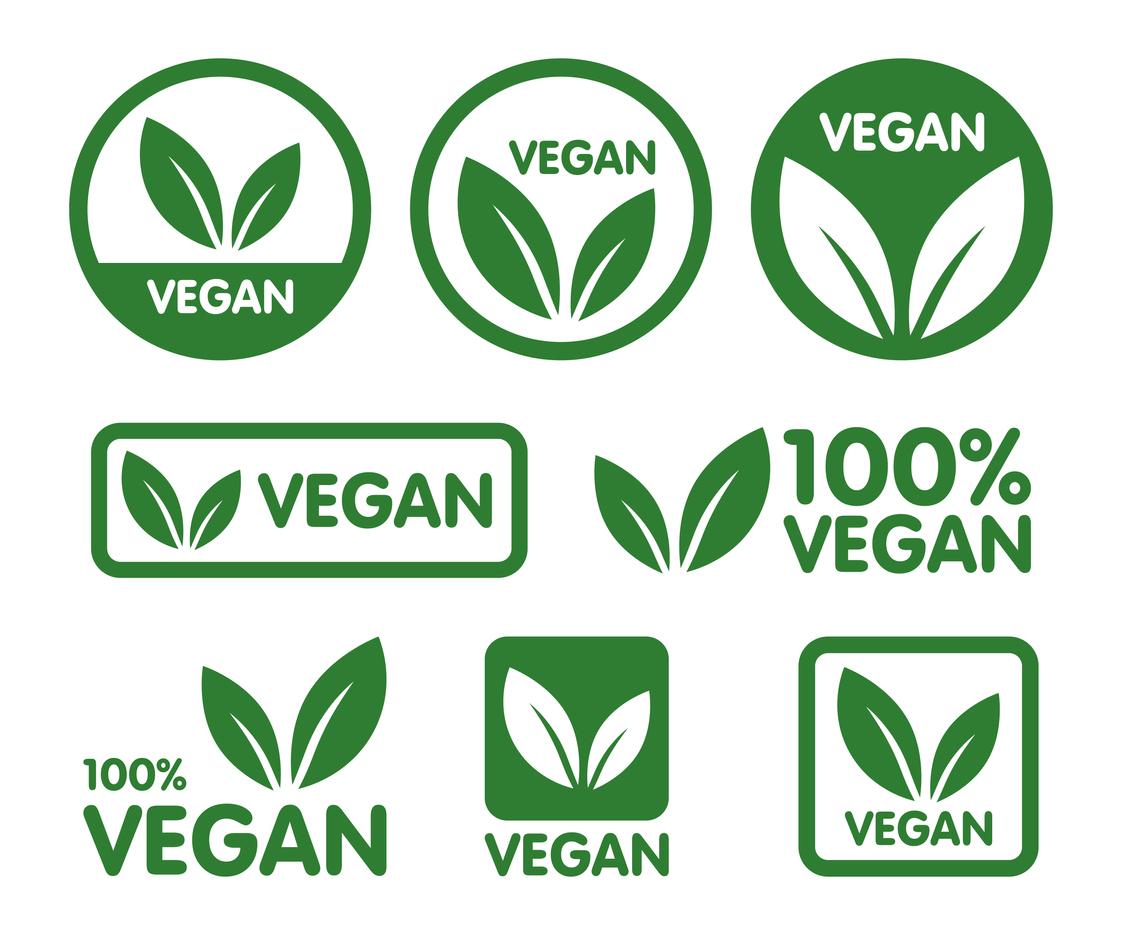Gluten-free products are not nutritionally equivalent to those that contain gluten: some contain more unsaturated fat or less fibre.

- People with celiac disease cannot eat gluten.
- At the same time, gluten-free eating has become a trend in recent years.
- But gluten-free products are no healthier than those that contain it.
Gluten-free foods are especially valuable for people with celiac disease. But according to a study published in the journal foodthese products would not be more interesting from a nutritional point of view, compared to foods containing gluten.
Celiac disease: severe intolerance to gluten
700,000 people have celiac disease in France, according to the French National Society of Gastroenterology. This autoimmune pathology is manifested by a total intolerance to gluten. “During the absorption of foods containing gluten, the immune system of the persons concerned reacts to the presence of gliadin, a gluten protein, by producing various antibodies”explains theHealth Insurance. This can lead to digestive disorders, weight loss, fatigue, etc. For these people, it is necessary to adopt a diet totally excluding gluten. But for those without the disease, the consumption of gluten-free foods is often perceived as healthier, which is more of a myth.
Gluten-free products: more unsaturated fats and less fiber
“In 2014, we published a rather innovative scientific article”, explains Jonatan Miranda-Gómez, pharmacist at UPV/EHU, the University of the Basque Country. He works in particular within the Gluten 3S group, which certifies that gluten-free products really are. “We compared 200 gluten-free foods with their gluten-containing counterparts. Nutritionally, they’re not on par with each other.” Researchers have found that many gluten-free products contain more unsaturated fat than those containing it, they are also lower in fiber, and their salt and protein content can be problematic.
Gluten-free products: some improvements but they remain less healthy
In this new study, scientists have updated their data on gluten-free products. If they recall that the proportion of celiac people has not changed, the population has increased and new people have been diagnosed. “The industry is aware of this“, raises Jonatan Miranda-Gómez. “Data shows that gluten-free products are not healthier”, he believes. But this increase in the number of gluten-free products has led to some improvements in their composition. The pharmacist cites the example of pasta, made from corn and rice, but in recent years the latter has often been replaced by millet. “It had a positive effect on nutrition“, he asserts. “To produce pasta, it must be extruded, and millet makes it possible to extrude using less lipids.” On the other hand, they note that certain products indicated gluten-free can contain it, especially beers. The substance is supposed to degrade during the manufacturing process, but the remaining molecules sometimes go unnoticed during checks.
Gluten intolerance: necessary vigilance
For intolerant people, it is essential to pay attention to the exact composition of the products and any traces present in the food. As reminded by SNFGE“gluten, often used by the food industry, is found hidden in a multitude of products under different names, or even in certain products contaminated by flour during their manufacture“. The union draws up the list of compounds to be totally excluded from the diet in the event of celiac disease: wheat starch, starch from prohibited cereals, starch (without further details), vegetable amino acids, seasoning (without further details), oats, wheat or wheat, spelled (ancestral wheat), wheat starch, starch (unspecified), unspecified gelling agents, Khorasan wheat or kamut® (ancestral wheat), malt, starchy materials, barley, unleavened bread (flour of unleavened wheat), polypeptides, vegetable proteins, rye, triticale (hybrid of wheat and rye), oatmeal, protein binder.


















